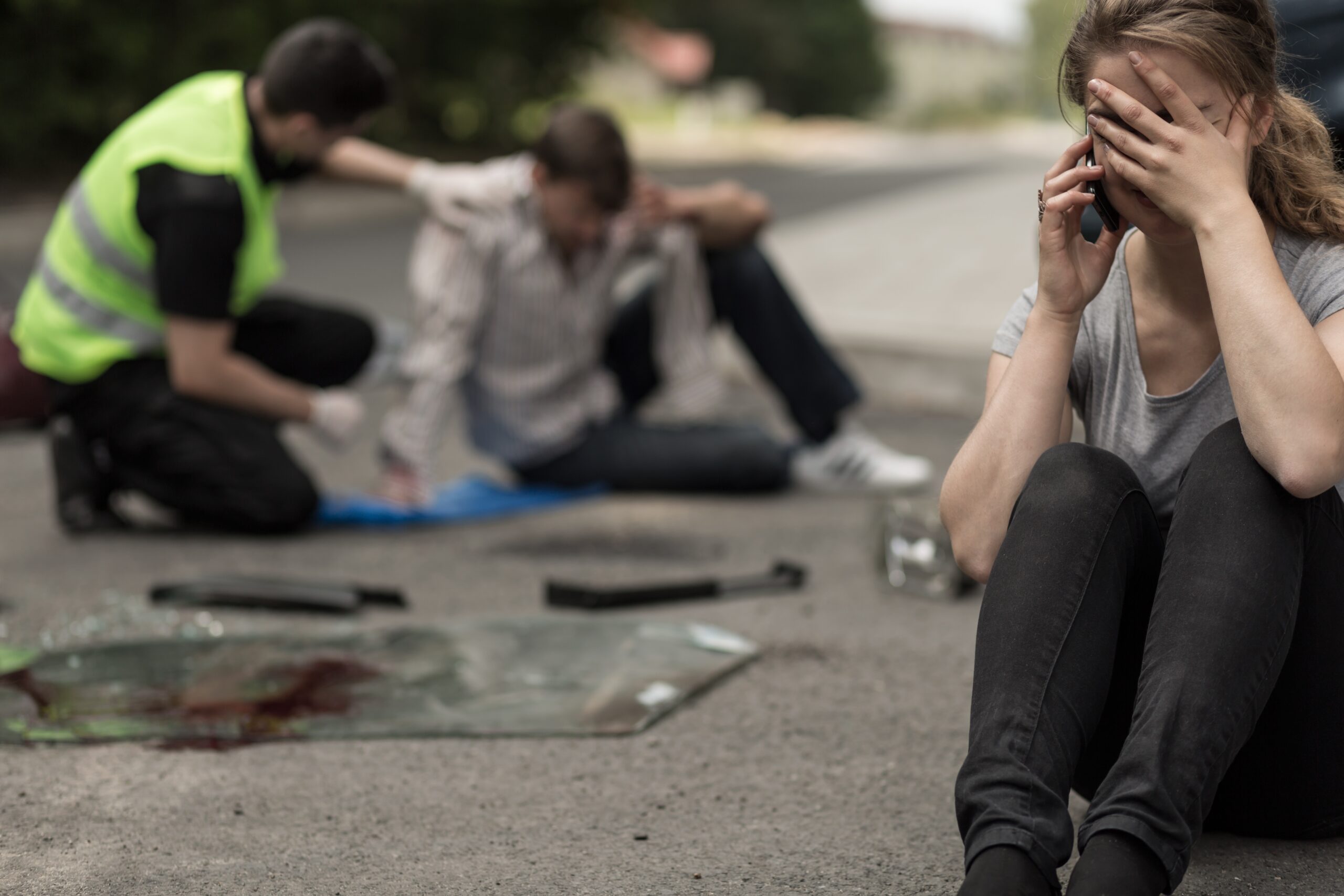
As many as half of all Traumatic Brain Injuries (TBIs) are believed to be caused by road traffic accidents (RTAs). But many of those injured are unaware they may have a case for support and compensation. What can be done to ensure injured parties get the support they need?
According to the best estimates available, some 1.4 million people attend hospital every year with a TBI1, and 160,000 of those then go on to be admitted for a longer stay. However, a significant proportion of people who sustain a TBI in a road traffic accident are thought to be missing out on compensation to which they are entitled, simply because they do not think they have a case.
The casualties slipping through the net include those who are partly at fault for the accident in which they were involved, or who are related to the person at fault. Others who mistakenly think they cannot make a claim, are those injured by a driver not subsequently prosecuted by the police, or who were in a crash with an uninsured driver or unknown driver. The injured party in all these scenarios could still be entitled to compensation to help them rebuild their lives.
According to the RAC Foundation, by September last year there were 40.8 million licensed vehicles on the UK’s roads, including 33.2 million cars, 4.1 million vans, 1.5 million motorcyles, 500,000 HGVs, and 150,000 buses and coaches2. On top of this there are also an unknown number of cycles and, of course, pedestrians. With all these different users sharing our crowded roads, it is therefore unsurprising that accidents happen.
In fact, someone is killed or seriously injured on UK roads every 16 minutes3, and there are thought to be a number of reasons why road traffic accident (RTA) rates remain consistently high:
· The driver or rider failing to look properly (37%)
· The driver or rider failing to judge the other person’s path or speed (19%)
· The driver or rider acting recklessly, hurried driving or speeding (16%)
· A poor turn or manoeuvre (12%)
· Loss of control (11%)
And whilst there have been considerable advances in vehicle technology, the likelihood of head injuries at speeds in excess of 10 mph remains high.
A TBI is usually caused by an impact to the head. This external force can cause a focal injury to the brain. An impact to the head, or if the head is violently shaken without any impact, can also cause what is known as an acceleration/deceleration injury. This is where there is a sudden violent movement of the head causing the brain to move and rotate inside the skull. These can cause bruising (contusion) to the brain and trauma to the blood vessels causing bleeding (hematoma or haemorrhage). Contusions and Bleeds will usually be seen on head scans; however, an acceleration/deceleration injury can cause the shearing or stretching of the nerve fibres (axons) inside the brain which are microscopic and unlikely to be visible on a brain scan. Concussions and those labelled a ‘mild head injury’ are also unlikely to be seen on any scan but can cause ongoing symptoms for some which can have significant consequences– see our blog on concussion.
The risk of TBI also depends on road user type (i.e. car, motorbike, bicycle or pedestrian), the speed of impact and the direction of impact. The higher the speed, the greater the impact on the skull and the brain. Research has shown that the risk of brain injury triples when the impact velocity is doubled.
Brain injury is also more likely in cars involved in side impacts, or where the change of speed is greater, like during a head-on collision. It is also more likely in vulnerable road users, especially where no head protection is worn, with pedestrians and cyclists six times more likely than car occupants to suffer moderate to severe brain injury on the roads.
The Office for National Statistics also gives us the following information relating to non-car road traffic accidents:
· Pedestrians – there are more than 700 pedestrian deaths, and 7,000 injuries annually
· Motorbikes – there are more than 600 motorbike deaths and almost 7,000 injuries annually
· Cycling – there are approximately 120 deaths and more than 2,000 injuries annually
Sadly, suffering from a TBI can be life changing, even if initially considered to be on the ‘mild’ end of the scale. It is therefore crucial to seek out specialist legal advice as soon as possible, even if you fear you may not have a case for compensation.
At Coulthursts, we are unique as a law firm in that we provide a joint legal and rehabilitation approach. We can will pay for and coordinate treatment and rehabilitation at the earliest opportunity, to give our clients the best chance of making the best and quickest recovery from their brain injury. At the same time, we deal with the legal claim and fight to obtain the best possible compensation. We also pride ourselves in providing support to the whole family and not just the injured individual.
Please do not hesitate to contact us to discuss your accident at no cost or obligation.
1 https://emj.bmj.com/content/39/3/233
2 https://www.racfoundation.org/motoring-faqs/mobility#a1
3 https://www.brake.org.uk/get-involved/take-action/mybrake/knowledge-centre/uk-road-safety
For our terms of use and disclaimer follow this link: https://coulthursts.co.uk/
